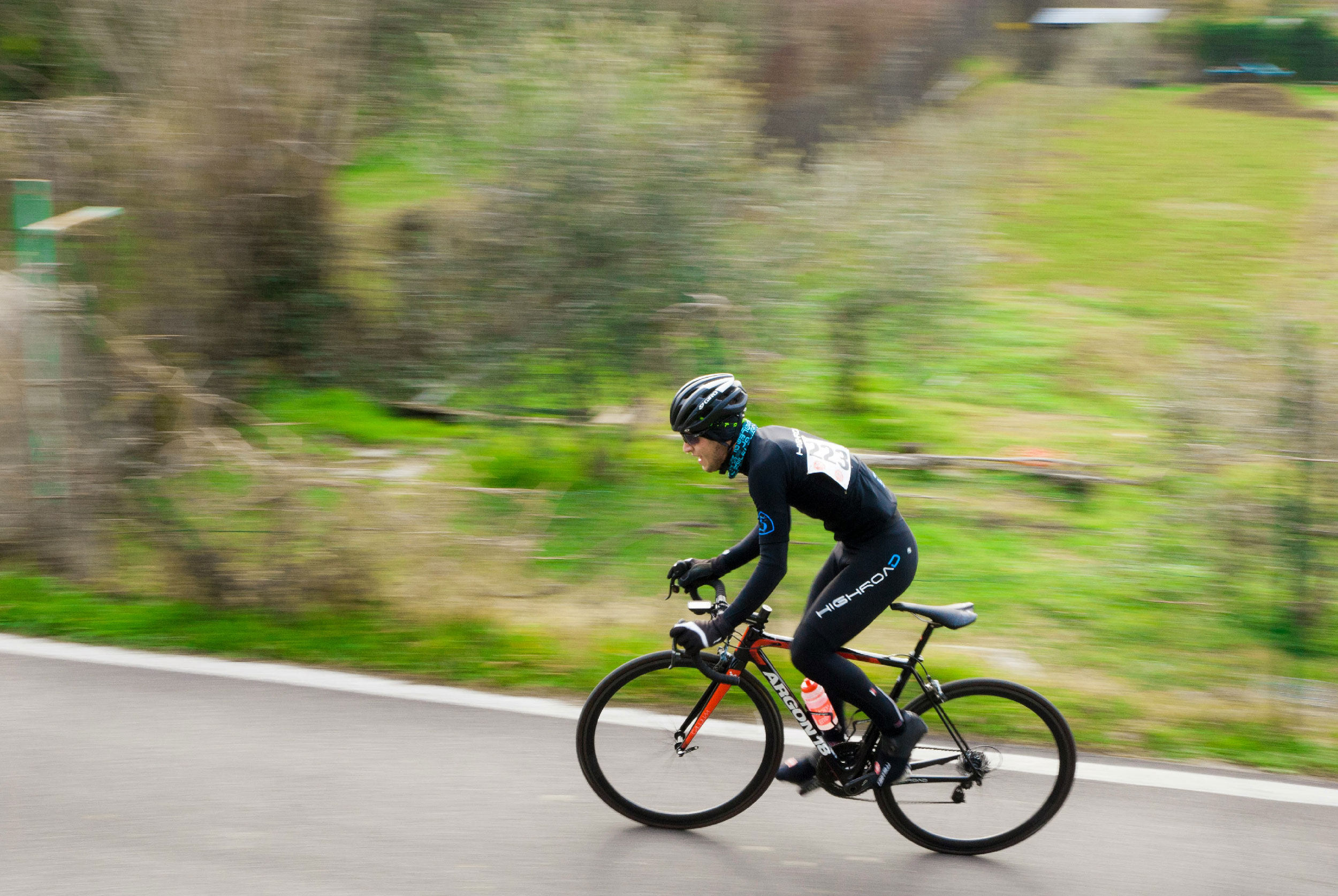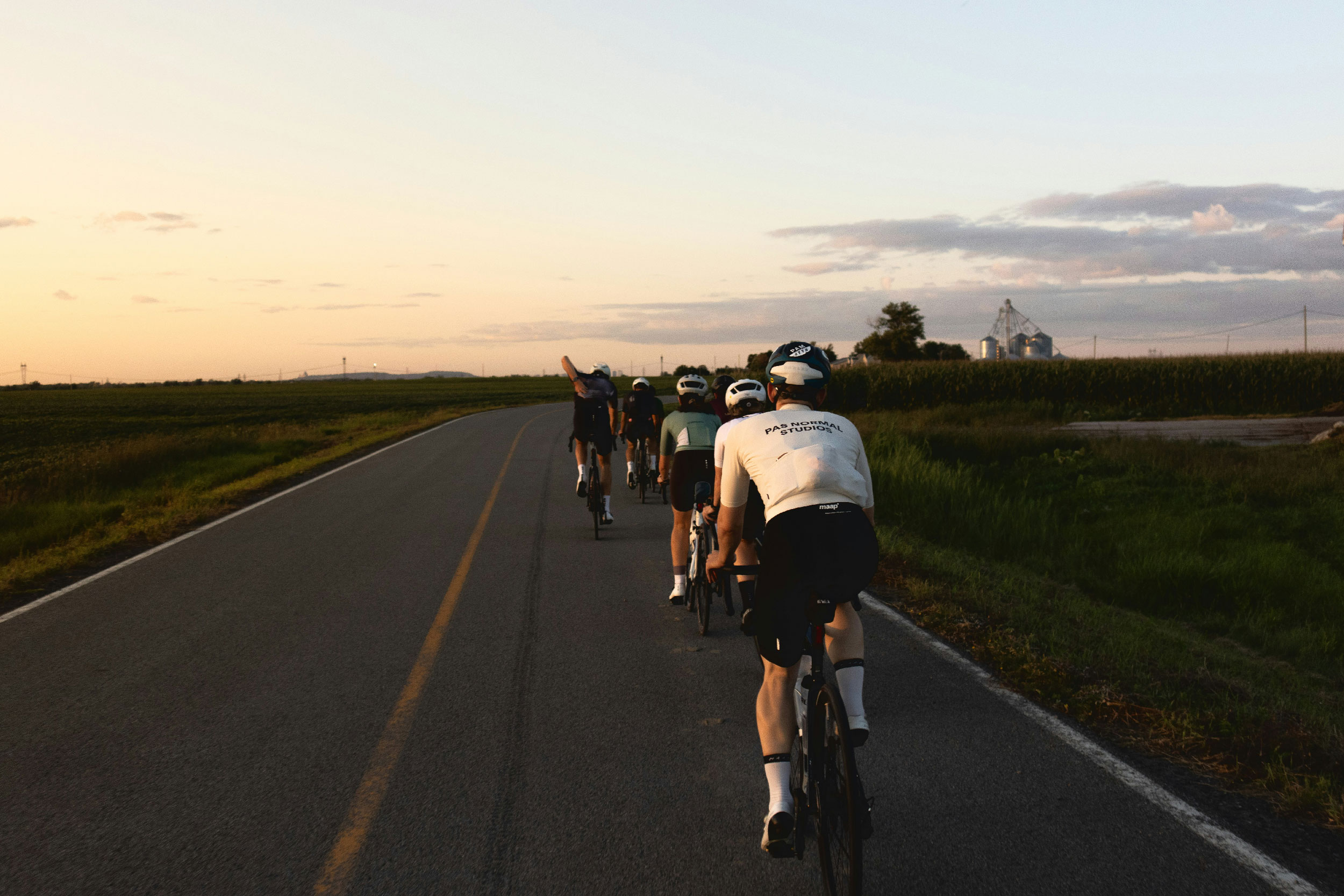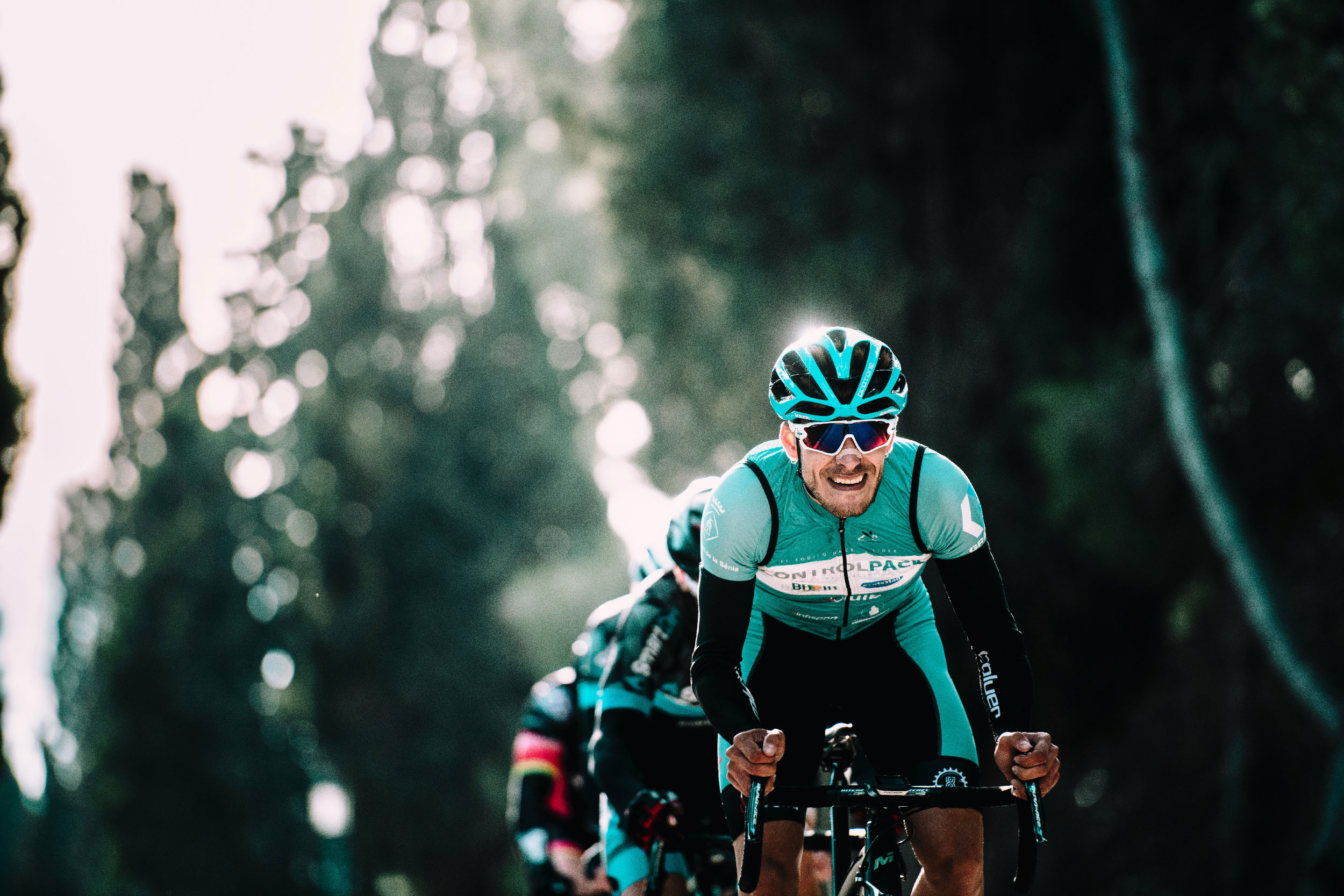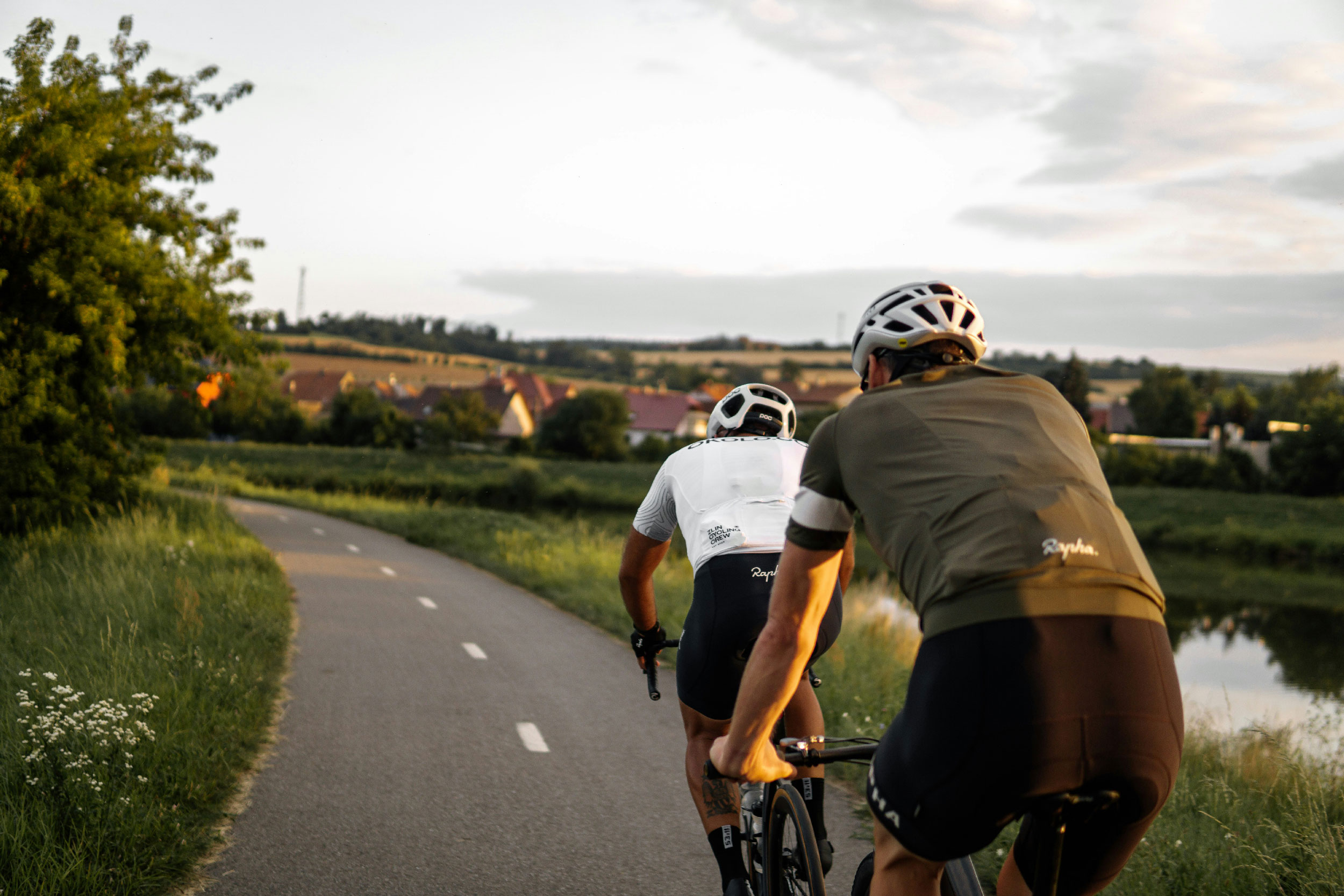
Base or background work in winter
It is one of the periods where the athlete trains with less pressure or competitive load., which allows you to be long times on top of the bike to work this "background" that everyone speaks in the grupeta. But really, What is the use of this work? What adaptations does our body have to him? Is it necessary to make very long funds in my sports discipline?
Hay different manifestations of resistance, Basic capacity for the performance of every cyclist but that in each modality we can see different since it depends on its duration.
In the case of mountain cycling we could locate the type resistance Long -term resistance II (RDLIII), where the duration of these tests is 30 90 ’competition.
The marathon or road tests we would locate them within another demonstration, in this case, Long -term resistance III (RDLIII). In this case we are going to focus especially on the RDLIII to specify its physiological bases and main adaptations to the motor system.
In this type of resistance, athletes stand out among a 75 and 90% of slow fibers, which as we know, They are mostly aerobic and that is necessary in this type of work due to greater capillary and for fatigue resistance with a stable motor technique.
One of the qualitative criteria of this type of resistance becomes the continuous and high use of oxygen in the activated muscles. They are decisive factors for this a high VO2max and a high capillarization of the musculature involved in the specific movement (in this case, pedaling).
A good indication of adaptation to energy production by aerobics in the long -term load is that VO2max can be used to almost almost the 95% without lactate (anaerobic threshold).
The regulation of cardiac labor moves significantly from the "frequency" parameter to that of "systolic capacity" so that the heart works more economically. This work was around 60-75%of VO2max.
At an energy level, Glycogen reserves in the muscles and liver are not enough for intensive efforts that last more than 90 minutes. In this case, liquid ingestion is necessary and as is logical, Food intake, that in the case of the RDL III Fatty acids are the main substrate.
This glycogen deficit can be compensated only in part with glucose consumption. The taking of 30 to 50 Grams of carbohydrate per hour of loading are used to maintain glucose homeostasis.
In the summary mode of the long -term resistance work we could say:
- The level of our anaerobic threshold is higher than in shorter manifestations of resistance. It allows us to maintain an average rate at speed with lactate concentrations between 2 and 3 mmol/L.
- Aerobic capacity is affected as the VO2max It is high, It will favor greater use of oxygen in conditions of anerobic threshold.
- Muscle and hepatic glycogen are exhausted totally so the ingestion of carbohydrates during the effort is convenient to maintain a higher intensity.
- Greater mobilization of fat due to the oxidation of these, since we use them to produce aerobic energy (we can achieve a use between a 30 and 70%).
- Thermoregulation. To regulate the internal temperature and maintain the functions of nerve conduction and muscles it is necessary.
We must therefore preserve this background work in winter to improve our aerobic capacity but above all, Our muscular capillary, With greater efficiency of our slow fibers towards the work of aerobic resistance.
With him but, We must be clear that it supposes us at the physiological level and what adaptations we have in our body.
Above all, it is not necessary to "pass" with the background if we are in a more anaerobic discipline and with less presence of aerobic metabolism, such as a BMX runner (duration tests 2 to 4 minutes).
Nos preparamos para una carrera Cicloturista
Ahora mismo, la temporada 2022 cada vez va llegando a su fin. Si hablamos en materia de pruebas de c
Structure your preparation for a big fund
Let's go with the second part of “Prepare your big fund”. In the previous delivery, we analyze the
Periodization in cycling or endurance sports – regular loads
Planning models in endurance sports Talking about periodization models is like talking about





